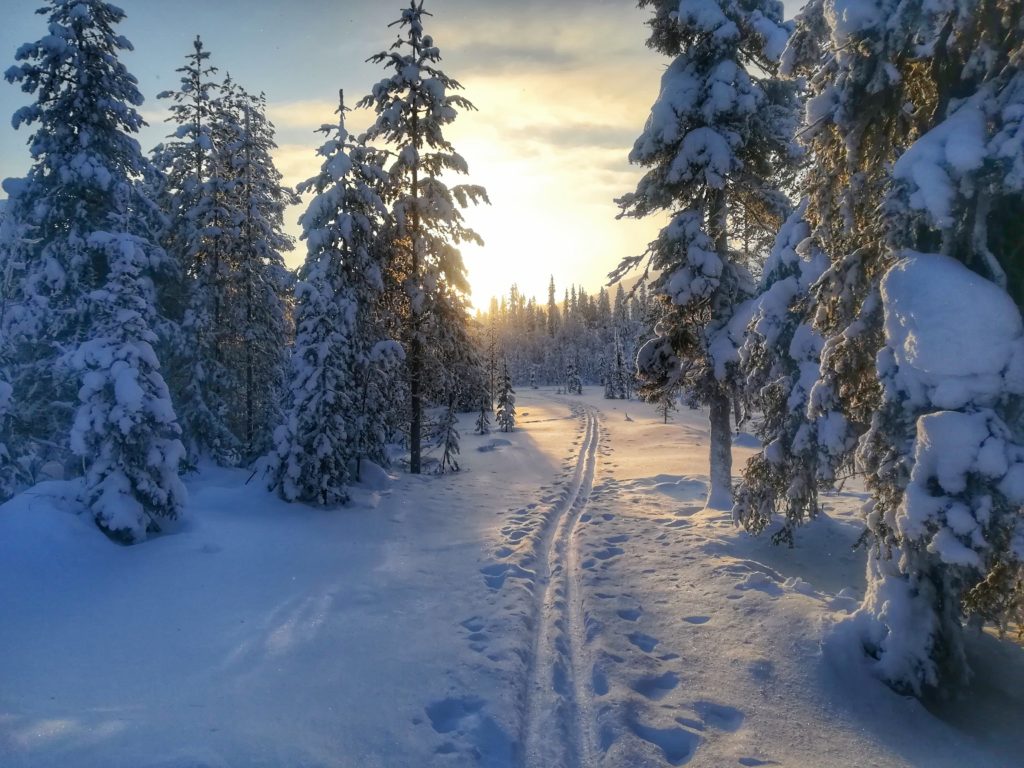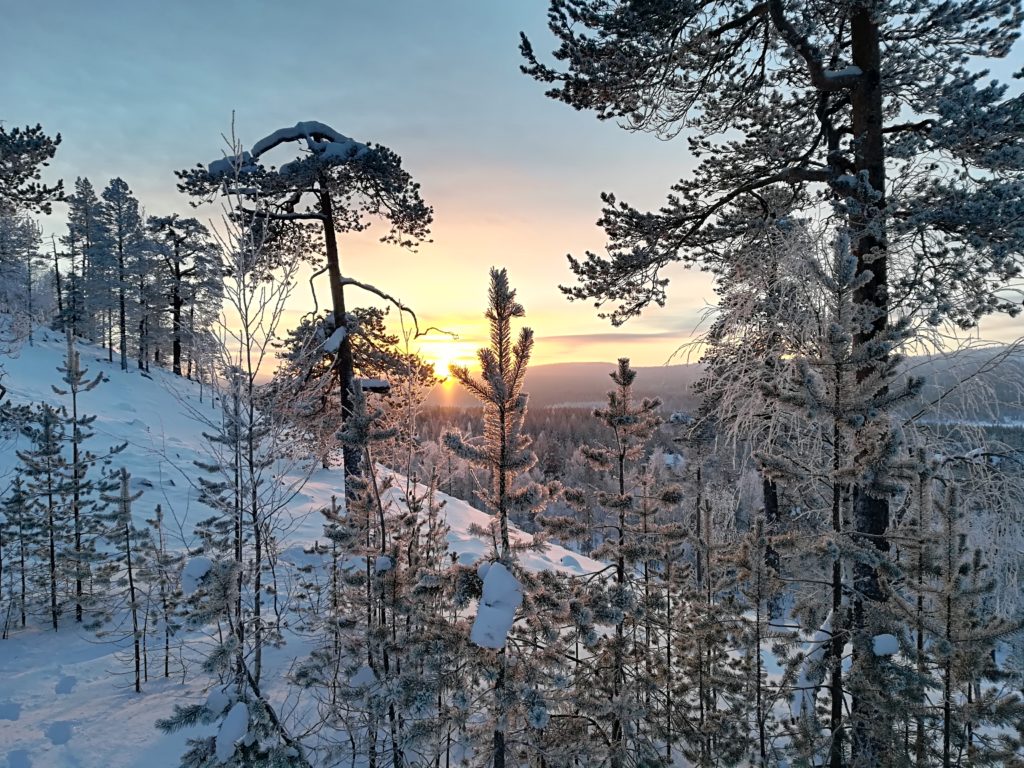Aurora Borealis

A beautiful aurora borealis shot by Mikko Lagersted. This photo is taken in Kilpisjärvi, Finland.
It has many names. Aurora borealis. Northern lights. Polar lights. In Finnish, ‘revontulet’ means literally ‘fox fires’, named after an arctic fox, that runs through the night and lights up the sky with its tail. They are beautifully coloured, typically bright green but also varying with hints of red, purple and yellow.
Auroras have carried lots of meanings through time. They’ve been mystical, prophetical and promising omens. Some people believe they bring good luck, some people swear for the opposite. As beautiful and exciting as they are, there are still a few facts that you should know about auroras not to get disappointed if you travel to look for them in Finnish Lapland.

Although auroras are believed to be something magical and unusual, they are a natural phenomenon. They get formed by disturbances in the magnetosphere. These bursts in the upper atmosphere are caused by solar wind. By following Sun’s activity, the Northern lights become quite predictable. Charged particles hitting the Earth’s atmosphere give out energy that shows in varying colour and complexity.
Auroras are beautiful to look at and many people travel to Finnish Lapland especially for them. The most pressing question always is when can you see auroras, when do they occur? The deepest winter is your choice. This is between late November and February.

Even though it is said that aurora season starts in August, the problem for seeing any is the amount of daylight still flickering in the sky. Another problem with Autumn season is the weather, as Finland tends to be rainy and cloudy between September and November. However, slowly lacking daylight and clearing crisp nights help tremendously when going outdoors for aurora spotting during late evenings.

As you want to see the aurora, you need to prepare not only the right time of the year to see them but also the right time of the day. Best time to see the aurora is between the midnight and the following hours after it. Naturally, this requires a good nap during the day in order to stay awake for the night.
The Finnish Meteorological Institute shows accurate data in 10-minute intervals about the probability of geomagnetic activity on their website. If you see red (like in the photo below), go outside to a place without artificial lighting and see what’s happening. Typically, northern lights can be seen in the Northern skies, so always face North.

From the website of FMI you can follow the geomagnetic activity and know if the auroras are highly likely to be visible.
Lappish people don’t hunt the auroras. We always say, it is a beautiful extra for the day if we happen to see any. They are not visible often, not even every week so as a traveller remember to keep your expectations realistic. Often unexpected things happen when you least expect them!




